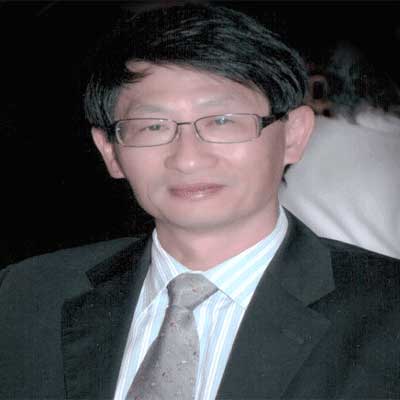Dr. Huang Fang-Ping
Research ScientistThe University of Hong Kong, Hong Kong
Highest Degree
Ph.D. in Immunology from University of Glasgow, UK
Share this Profile
Highest Degree
Ph.D. in Immunology from University of Glasgow, UK
Share this Profile
Dr. Huang Fang-Ping has received his initial Medical Training in China from University of Shantou Medical College, STU First Teaching Hospital, and was awarded the Li Ka Sheng (LKS) Academic Foundation Fellowship to undertake postgraduate studies in the UK (University of Glasgow, 1987-90). He has subsequently become engaged in active Immunology research and teaching in the University of Glasgow (1990-97), University of Oxford (1997-2000), University of Hong Kong (2000-7) and Imperial College London (2007-14). Currently, he is affiliated to the State Key Laboratory for Liver Research (SKLLR)/Pathology Department, LKS Medical Faculty, HKU. His area of research interest focuses on Immune Regulation in Systemic Autoimmunity, Mucosal Inflammation, and Tumor Immunology. He is also serving as member of editorial board in journals such as European Journal of Immunology, Journal of Leukocyte Biology many others. He also completed 9 research projects as principal investigator and co-investigator. He is also serving as reviewer for number of scientific international journals. He is member of The Royal Society of Medicine UK, American Association of Immunologists, and Hong Kong Society for Immunology and British Society for Immunology. Dr. Huang received honors includes Imperial College Research Excellence Award, UK outstanding Young Scientist, and University of Hong Kong Research Committee Merit Awards. He has published 32 research articles in journals as well as 7 book and book chapters contributed as author/co-author.
